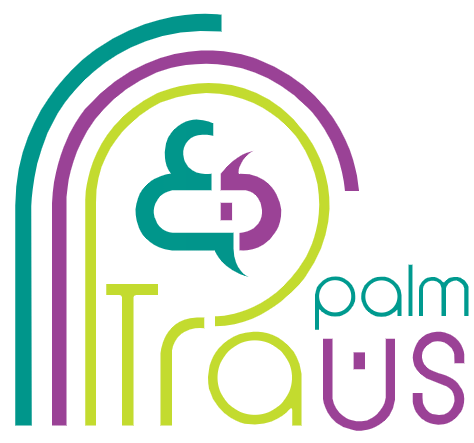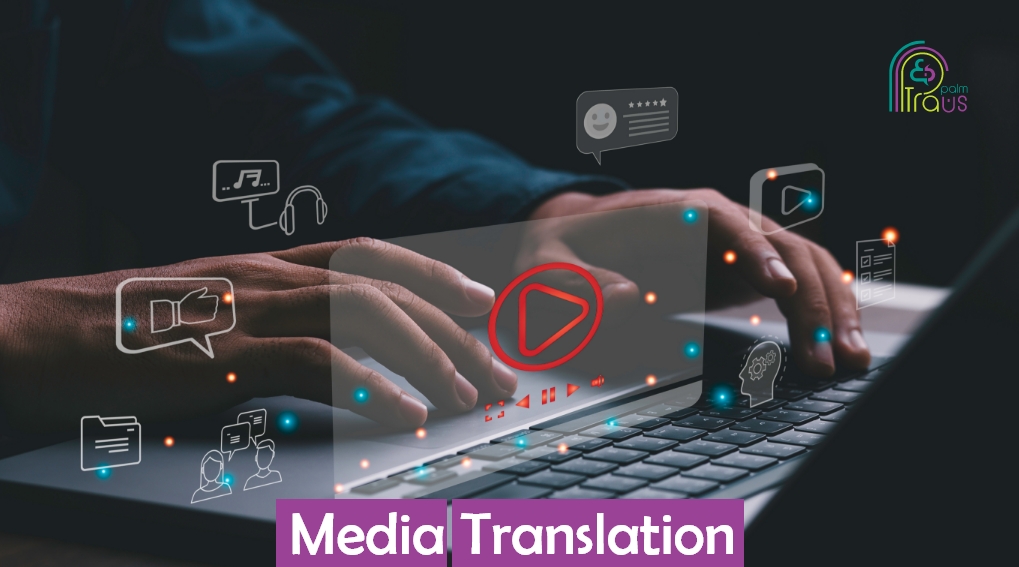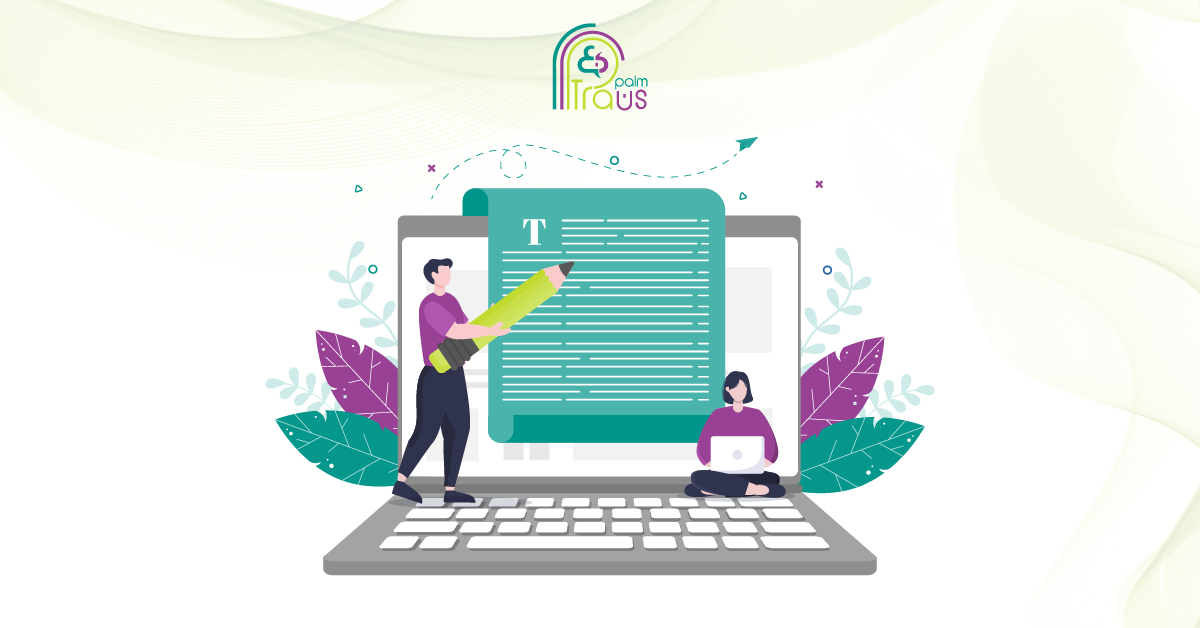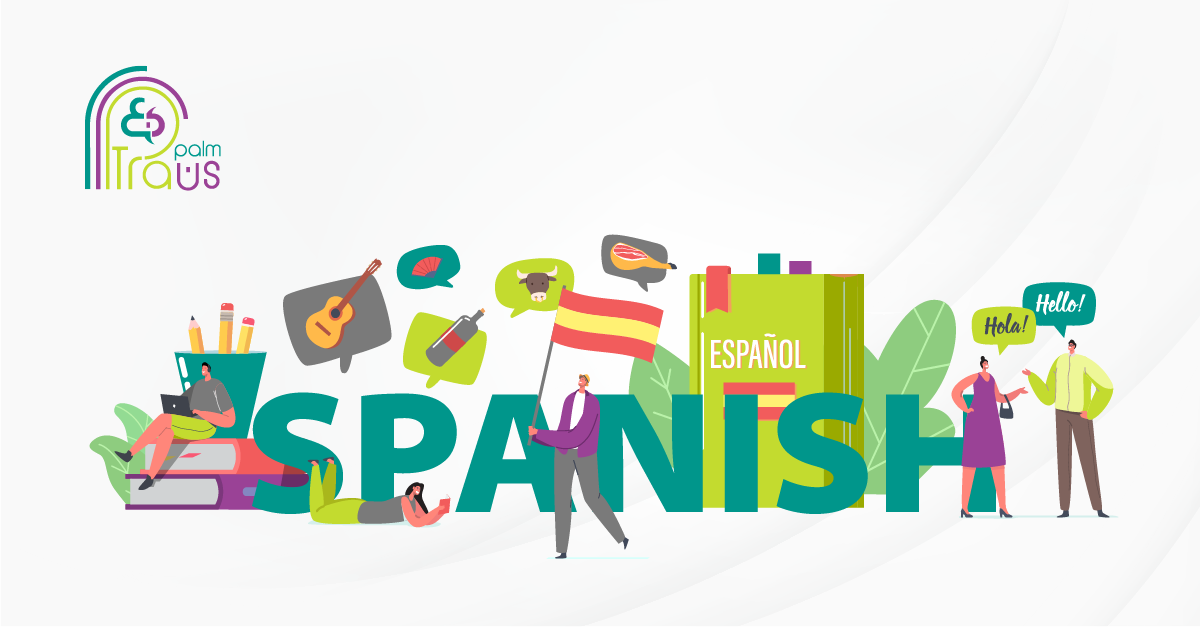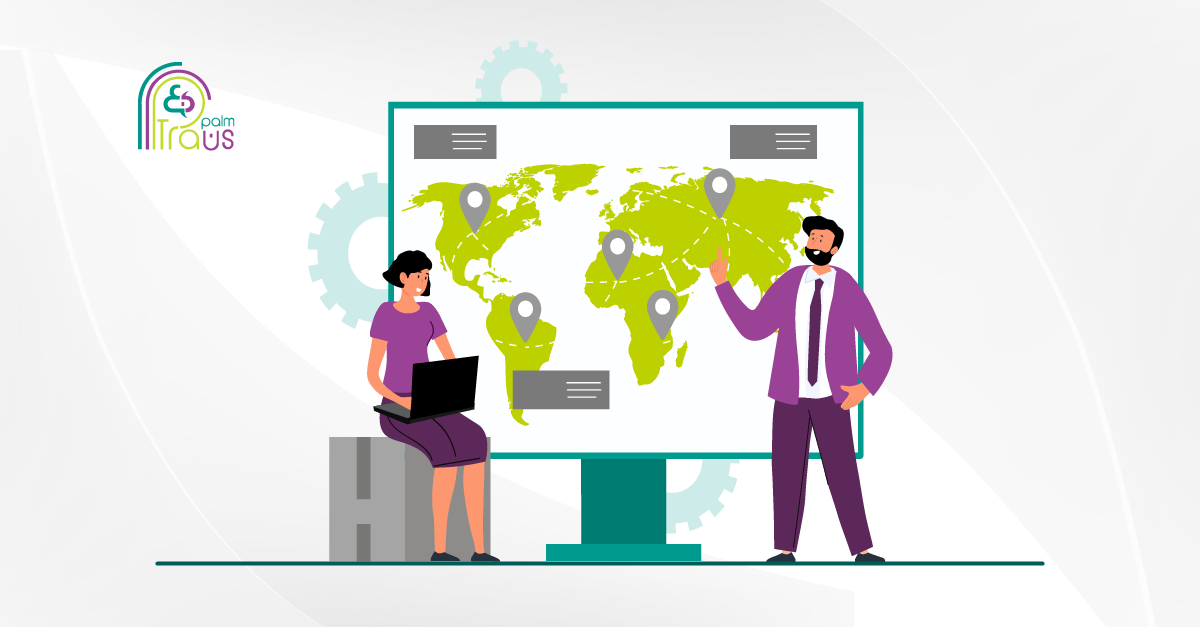Is your multimedia marketing content missing the mark globally? You need to know that engaging a global audience takes more than connecting with them in their preferred media format.
To truly make a lasting impact, your content must speak to them heart to heart using the power of their native language to strike a chord and deeply resonate with them. And this precisely demands combining the power of multimedia content with the effectiveness of media translation solutions.
However, while professional media translation can maximize opportunities for multilingual engagement at scale, you still need to be aware that relying on poor quality or inaccurate translations can come at the cost of jeopardizing your success. It all depends on the overall quality of your translated content.
In this blog, we’ll explore the dual role media translation plays in either propelling brands forward or shaping their failure in foreign markets.
But first, let’s have a look at what marketing is like in the digital age.
Let’s dive in!
Marketing In the Digital Age & The Rising Demand For Media Translation
The evolving expectations of users have transformed the way businesses engage with their audience, demanding an immersive marketing approach that seamlessly integrates visual and auditory content like videos beyond the limitations of static written content.
For this, multimedia-centered marketing has become the go-to choice for businesses to engage their audience effectively and convey complex messages in a simpler and more captivating way.
Today, 91% of businesses use video as a marketing tool, and according to Hubspot, it stands as the most effective media format with the highest return on investment (ROI).
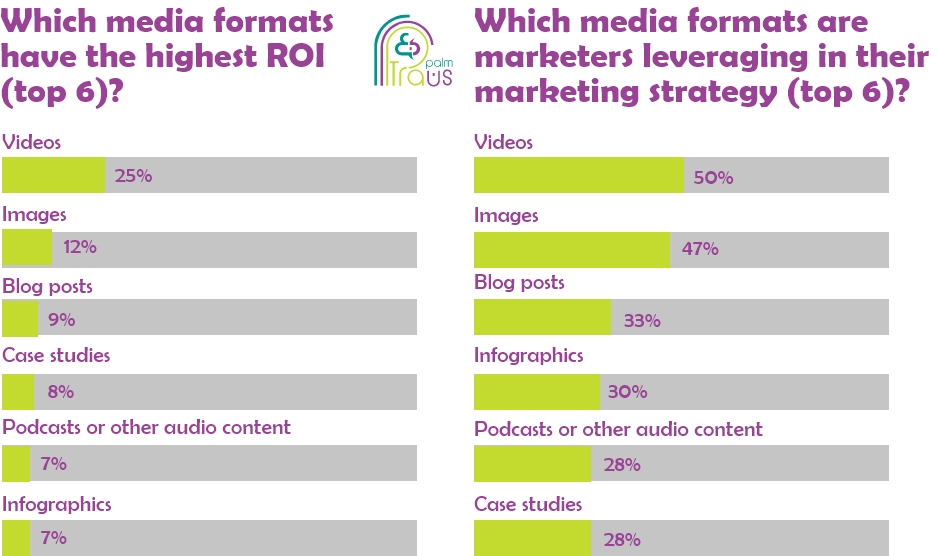
This worldwide tendency toward relying on multimedia in marketing presents substantial opportunities for engaging global customers. However, fully leveraging the potential of media for your multilingual audiences requires top-quality and highly professional translation and localization solutions to convey your message clearly across different languages and cultures.
Let’s get a quick glimpse into what media translation involves and how it can supercharge your business expansion endeavors.
A Closer Look At Media Translation What It Involves & Why It Matters
Media translation is the process of translating various forms of media content that businesses use for promotional purposes such as videos, audio files, images, and more from one language to another.
Translating multimedia content often involves more than just translating text – it aims at fully adapting the content to make it not just understandable but also enjoyable for people who speak different languages. And that is why it often includes other essential processes such as:
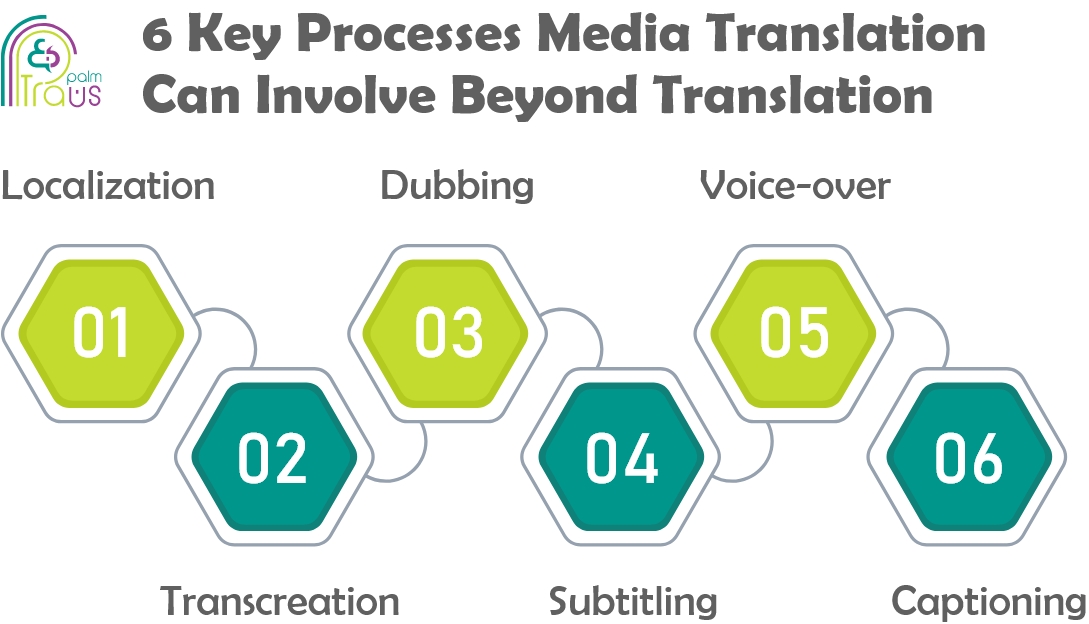
In fact, media translation can be a bit challenging since it deals with promotional materials that require a deep understanding of the target audiences – their preferences, beliefs, and cultural norms, which definitely differ from those of your local market.
Humor that works in your market may be offensive in another, and figurative language can be confusing when translated directly. That is exactly why when it comes to media translation, the line between success and failure can come down to the smallest of details.
Ready to explore how high-quality media translation can maximize your business impact on a global scale?
How Expert Media Translation Can Skyrocket Your Business Success Globally
Helps To Grow Your Customer Base
Gaining more customers is always the overarching goal of any marketing effort. After all, broadening the customer base and increasing the brand’s influence is what every business strives for.
However, to truly achieve this at an international level, you need to connect and communicate with the target audience in a way that is both linguistically and culturally relevant, which you can hardly do with English-only marketing content.
While English is a universal language, English speakers are about 1.5 billion people worldwide, approximately 17% of the world’s population. And if there is only one takeaway from this, it is that you are missing out on 83% of potential, non-English-speaking customers.
With 65% preferring to consume content in their native language, expanding the range of languages in which you translate your media content helps you attract new customers, retain existing ones, and ultimately drive the growth and success you want for your business.

Increasing Customer Engagement
As much as gaining more customers is important, so is keeping them engaged with your business over the long term. This cannot be done without adapting your multimedia marketing content to captivate them on a more personal level.
Customers no longer wish to be perceived merely as data within your records; they want to feel appreciated as individuals. When you tailor your marketing materials to embrace their linguistic differences and respect their cultural nuances, you offer them a more valuable personalized experience. Your content feels more authentic and more local as if tailored specifically for them.
But why in the first place personalization matter and what does it have to do with engagement?
Research shows that consumers are more likely to engage with personalized messaging, which means that investing in high-quality media translation and localization solutions to adapt your marketing content has the potential to boost your customer engagement. Isn’t this the ultimate outcome you want to achieve?
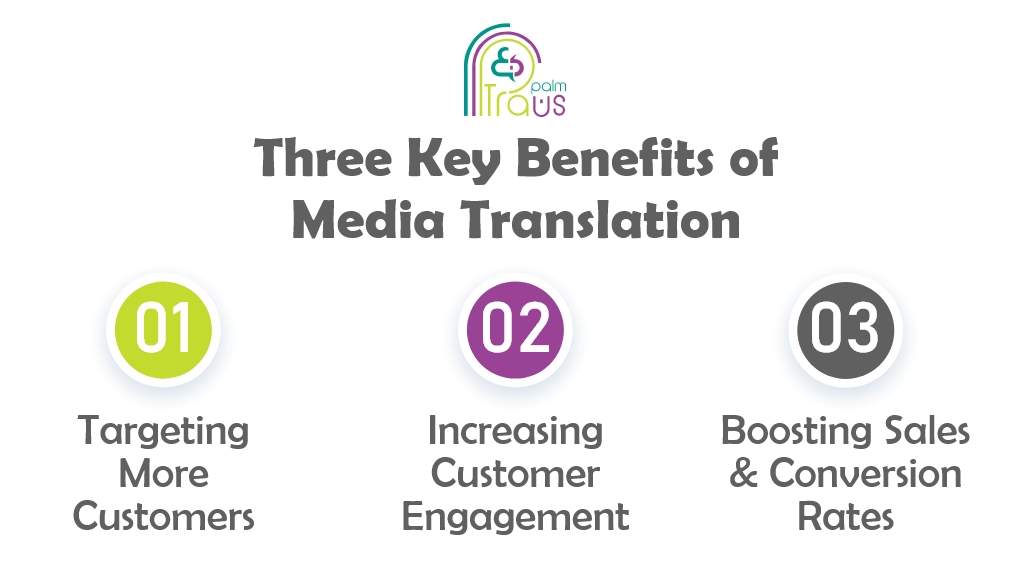
Boosting Your Sales
You’re no doubt keen to maximize your bottom-line results. Well, translating your marketing media professionally may be the sales catalyst you’ve been seeking.
Well-translated, personalized marketing content enables your customers to fully understand your products or services’ details in their own tongue, understand better how they may meet their needs, and consequently be able to make informed purchase decisions. All of this increases the likelihood of completing a purchase.
Forbes magazine research finds that 80% of companies report seeing an uplift in their revenue streams since implementing personalization. Also, a study found that Fortune 500 companies that invested in translation and localization services saw a huge return on their spending.
According to the data, businesses that spent more on marketing translation abroad were 1.5 times more likely to see an increase in returns than those that didn’t.
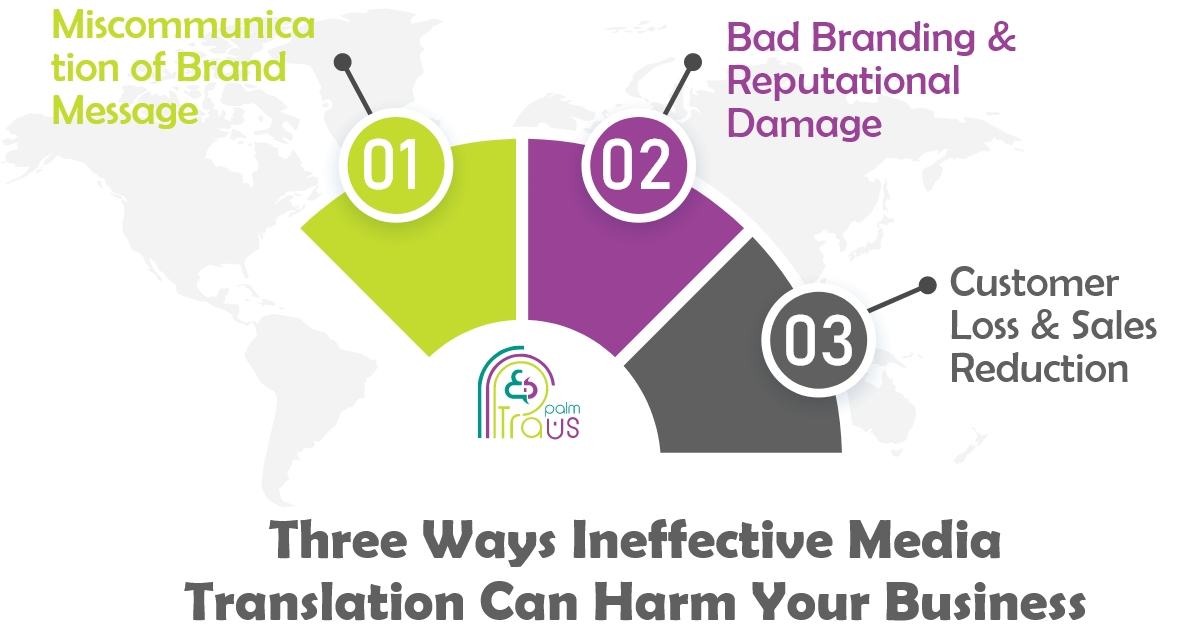
With all of this being said, one final thing to highlight is that as much as high-quality media translation can offer your business this multitude of benefits, the consequences of poor translation loom just as large.
Understanding The Unseen Consequences of Poor Media Translation
Your marketing content is often the very first point of contact between your business and the audience you are targeting. That is why ensuring it maintains its intended impact and meaning as it travels across different languages and cultures is crucial.
Failing to invest in high-quality media translation can have far-reaching consequences that extend beyond mere language barriers, impacting the very core of your business’s success and growth in international markets. So allow us to draw your attention to some of these.
1. Miscommunication of Your Marketing Message
When you set a marketing plan, one of the primary objectives is to ensure that your marketing efforts achieve their intended goal of informing, engaging, and persuading your target audience.
Unfortunately, low-quality media translation stands against achieving this. It undermines your efforts to effectively communicate with international audiences and fails to convey the intended meaning or call to action.
For example, poor literal translation that does not consider the cultural context may come across as vague, ambiguous, or lacking cultural relevance to the new market. Similarly, translation errors ranging from grammatical mistakes to imprecise conveyance of technical jargon can confuse your audience. And, unfortunately, all of this comes at a significant cost.
2. Bad Branding & Reputational Damage
Now that you know what low-quality marketing content can do to your marketing message, you probably know that your brand’s credibility and reputation are on the line. It’s often said that first impressions matter, So what impression does poor media translation leave about your brand reputation?
Mistakes in your translated media content demonstrate a lack of professionalism, giving the impression that your brand doesn’t care enough to get its message right. But worse, if your translated content misses the mark culturally, it risks alienating and frustrating your target customers as well.
And here lies real danger. Research shows that dissatisfied customers will tell an average of 15 people about their negative experiences. With one careless translation mistake, you risk losing those customers forever and the 15 people they influence through bad word-of-mouth.
All of this stands against building a strong brand image and a loyal customer base in the target market and consequently damages the reputation you spent time and effort to build.
3. Customer Loss & Sales Reduction
According to the White House Office of Consumer Affairs having loyal customers can be worth up to 10 times as much as a single purchase.
Low-quality translation of marketing content casts doubt about the quality of the products and services you provide in your customers’ minds. If potential customers lack confidence in your offerings, they are far less likely to make a purchase.
Amazon Prime Video finds that decreased content engagement and higher dropout rates correlate directly with poor subtitling quality. Even something as simple as getting your audience to fully consume your marketing videos becomes a challenge with poor translation. The effectiveness of your marketing content in persuading and driving sales is greatly diminished.
As a result, you lose a significant number of customers, and losing a customer means losing money. You not only risk driving away customers but also experiencing a decline in sales and revenue.
So, if you believe that professional translation is beyond your budget, ask yourself: can your business truly afford to take such risks and potentially lose loyal customers, sales, and revenue?
Partnering With Translation Professionals: Your Only Way To Sidestep Ineffective Media Translation Risks
Don’t want to experience these serious problems? Make sure you partner with media translation professionals; make sure you partner with TransPalm.
Our pool of over 120 native language experts and multimedia specialists empowers us to tailor customized media content that resonates globally.
They fully understand how to contextualize your messaging for target regions on both the linguistic and cultural levels so that your market message hits a chord with your audience.
With a proven track record of completing thousands of projects, you can trust TransPalm to meet stringent industry and regulatory standards. As an ISO-certified translation services provider, we apply rigorous quality control from project scoping to final delivery.
Contact us today. Your audience awaits clear and culturally relevant content – let us make that possible.
Discuss Your Project with Our Experts.
